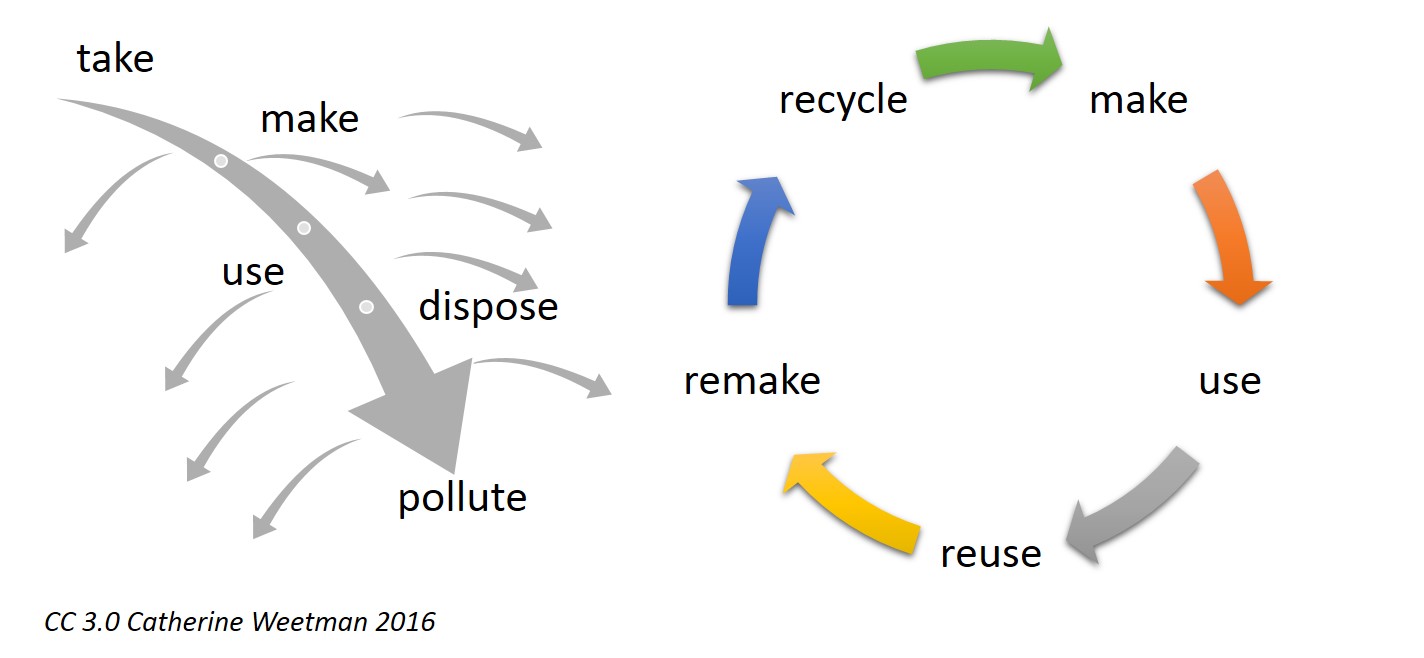According to the US. Department of Energy 430 quintillion Joules of power from the sun strikes the Earth every hour, this is more energy than the entire world consumes in a year. It’s a mind-boggling statistic, and using the sun as a source of energy, is here to stay.
However renewable energy manufacturing techniques including solar energy leave a trail of chemical pollutants. This is not to say that these problems cannot be overcome but looking at renewable energy or any other technology through rose-colored glasses is how progress stagnates.
Solar Energy Challenges
While solar power paints a very positive future for generating electricity in the United States and around the world, it has a number of challenges to overcome:
- Solar energy is not a zero-emission source of energy. Carbon dioxide and other greenhouse gases are produced causing significant environmental impacts.
- Solar energy creates intermittent electricity during a 4 hour to 6-hour window in most locations on Earth requiring storage batteries that have their own negative effects on the environment.
- Solar panel life cycles produce pollution especially during manufacturing processes and end of life disposal.
- Minerals used to manufacture solar panels such as cadmium, copper, lithium, nickel, silicon, and silver are extracted from the earth in billions of tons leading to environmental degradation including soil degradation, mercury contamination, and polluted habitats and ecosystems.
- Toxic chemicals used to manufacture solar power and to transfer heat such as cadmium telluride, copper indium selenide, hexafluoroethane, lead, polyvinyl fluoride, and others are toxic to the environment when leaks occur.
- Large solar power plants affect the environment in which they are located. The land is cleared and the placement of power plants often has a long-term effect on habitats of plants and animals.
- Some large solar power plants require water to clean concentrators and solar collectors into cool turbine generators. The use of large amounts of surface and groundwater can create dry locations and negatively affect ecosystems.
…and more.
Safeguarding the Earth
Organizations such as the National Resource Defense Council, are dedicated to safeguarding the earth, its natural systems, and all life: “renewable power is booming, innovation is bringing down costs, American renewable energy sources are breaking records and the US energy grid is becoming more efficient and resilient.”
And solar energy provides a number of benefits over fossil fuels: 1) energy independence, 2) green job growth, 3) financial return, 4) reduced air pollution, 5) lower water usage, 6) an alternative to other non-renewable resources, and 7) improved health for humans, animals and ecosystems.
But still, overcoming the negative impacts of solar energy will take time.
The Exponential Growth of Solar Energy
It used to be that the amount of solar panel waste seemed trivial but the number of panels have been increasing exponentially. According to the International Renewable Energy Agency (IRENA) the total amount of solar panel waste reached 45 million metric tons in 2019 and is projected to reach 80 million metric tons by 2050. Thanks to organizations like RecyclePV.Solar, modeled on a successful EU organization, PV panels are being recycled more than ever, but there is a long way to go.
The EU has been leading the way in making solar energy greener through its “Extended Producer Responsibility” (EPR) program which is based on “Circular Economy” principles.
Solar Energy in the Circular Economy
The following illustration shows a new operating paradigm called the “circular economy” and its advantages over the old “take-make-waste” linear model used by manufacturers for decades.

Image: Linear versus circular economy
The solar industry, like many other industries, is on the path of transitioning to a more eco-friendly paradigm for manufacturing.
Article References:
IEEE Spectrum
IRENA
sandia.gov
Images:
Linear versus circular economy by Catherine Weetman via Wikipedia
Image by Gerd Altmann from Pixabay






